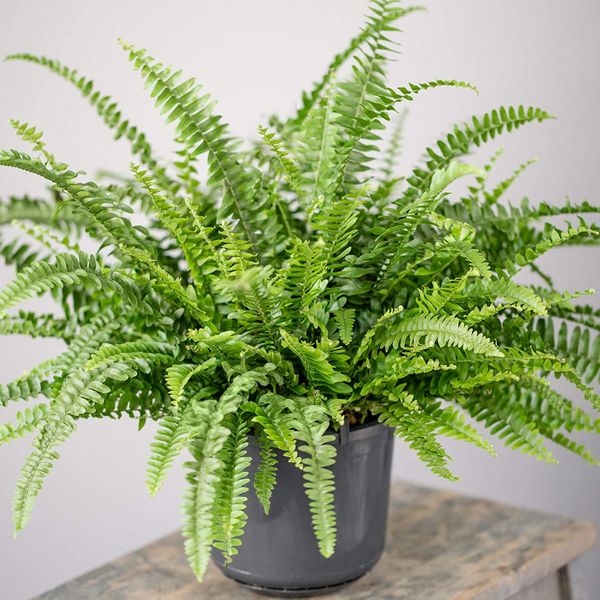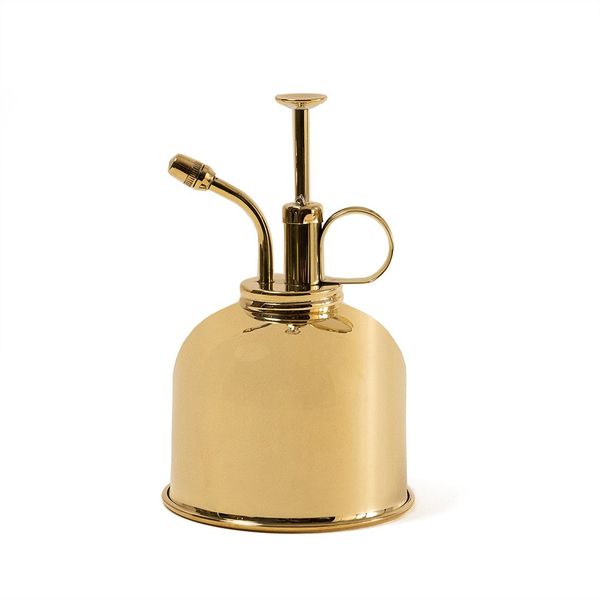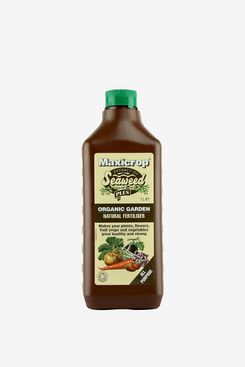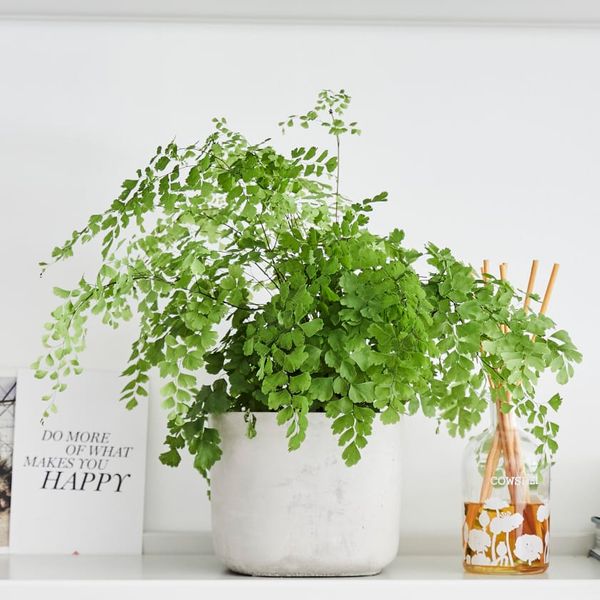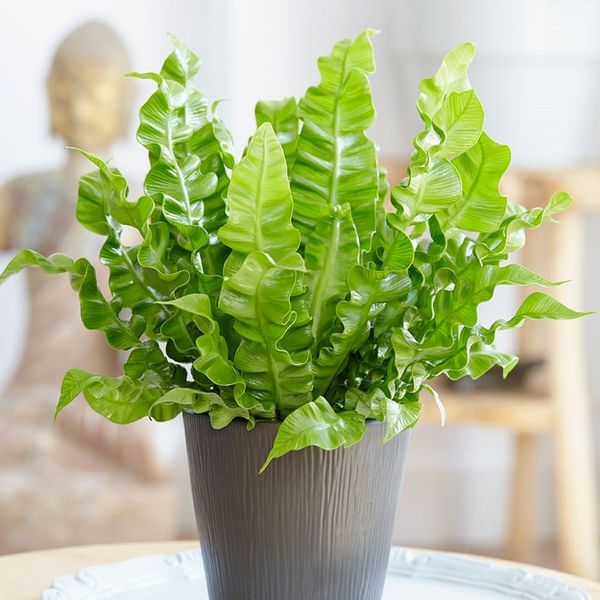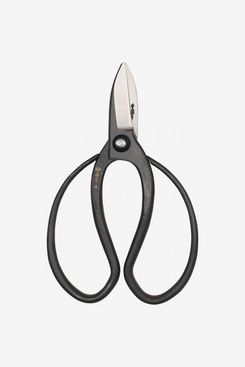
You may be a rookie propagator or seasoned ficus-owner, but you’ve probably Googled gardening advice at some point and come across stories that muse on the relative values of different John Innes mixes. If you need something a little more small-scale, we’ve got it covered. Our columnist, gardener, author, and botanical artist Sonya Patel Ellis will be writing about plants (big and small) and how to tend to them, whatever your growing space (a tiny patio, a windy balcony, or a heaving sill next to the kitchen sink).
Fern fever (or Pteridomania, as coined by those houseplant-happy Victorians) is rife in our house, running a verdant gamut from front garden and shady windowsill through hallway, lounge, and stairwell to a hotbed of fronded fervour in the bathroom. Despite such feverish fern love and a relatively easy care reputation across the various and diverse fern families, some of my indoor collection have, from time to time, succumbed to a case of the not-so-evergreen leaf crisp.
Although here in the UK, we tend to associate ferns with shady temperate woodlands, they’re actually most diverse and abundant in the tropics. Some grow on the rainforest floor (including lady ferns and brake ferns). Others are renowned for colonising open spaces (most notoriously bracken) or can grow quite tall (tree ferns). And a large number of epiphytic ferns, including many successful houseplants, such as the staghorn fern (Platycerium bifurcatum — ideal as a wall mount) or the furry-rhizomed hare’s foot fern (Davallia canariensis — perfect on a pedestal), grow on other plants, logs, or rocks, deriving their nutrients from rain, leached water, or accumulated debris rather than directly from the soil.
At this time of year, excess sun exposure can make fronds extra crispy. Take the Boston fern (Nephrolepis exaltata), for example. Like many tropical ferns, it likes a certain amount of bright but dappled, filtered light. Expose those feathery fronds to direct sun and they can easily scorch. All ferns, especially epiphytes, require a certain level of humidity, which is where anyone experiencing a crispy-edged indoor fern crisis is most probably going wrong (including me).
Although it’s known for being one of the most drought-tolerant ferns, it needs high humidity (50 percent or higher) to thrive. This is a plant for a steamy bathroom or a misting fanatic. Get your hands on the pump-action mechanism of the gently misting, irresistibly tactile, and long-lasting brass Smethwick Spritzer from Haws and you’ll never look back — it’s just too stylish and effective to put down or away.
Setting humidity-loving plants on a tray of damp pebbles can also help. It’s worth mentioning fertiliser, too. Overfertilising can also scorch the roots, thus preventing them from supporting healthy growth — crispy ends guaranteed; a half-strength balanced fertiliser every couple of months in the growing season is all you need. I like Maxicrop Organic Seaweed Fertiliser that I decant into amber glass dropper bottles to strategically position around the house. A dilute solution (a half teaspoon fertiliser per one litre of water) in an indoor watering can does the job. Or transfer the same strength dilute solution into a spray bottle for feeding epiphytes while you mist.
The same goes for the Delta maidenhair ferns (Adiantum raddianum), although this expert-level fern comes with a veritable rider of high-maintenance demands: consistently moist soil, but never let it sit in water (water the root ball when the top layer of soil feels dry rather than on a schedule and let drain through); a preference for rain or distilled water to avoid a build up of harmful minerals (I just collect rainwater in old water bottles to feed mine, or a Brita water filter works); high humidity (mist it everyday!); avoid cool drafts and heat vents; bright, indirect light — no south- or west-facing windows; do not move them around; do not repot them, especially in terra-cotta pots without drainage holes; do not overfertilise; and definitely do not touch those delicate fronds no matter how much they flutter those soft, heart-shaped leaves — the oil from your hands can block their ability to photosynthesise. Swerve from any of these rules it seems and you’ll basically end up with … brown, crispy leaves.
If all of the above is stressing you out, simply choose a fern with thicker, strappier leaves, such as the crispy wave bird’s-nest fern (Asplenium nidusi) — that’s a licence to crisp, albeit wavy, fronds and not-browning leaves. Plus, don’t beat yourself up over the odd brown frond or two, especially on the underside of mature ferns. This is normal. Carefully cut them off all the way back to the main stem with sharp, clean scissors, adapt your care regime, and see how it goes. Most ferns are tougher than you think.
The Strategist UK is designed to surface the most useful, expert recommendations for things to buy across the vast e-commerce landscape. Read about who we are and what we do here. Our editors update links when possible, but note that deals can expire and all prices are subject to change.
